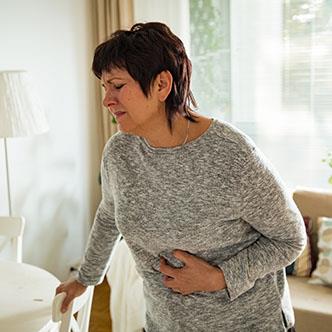
When minutes count, women wait 37 minutes longer to seek treatment for heart attack compared to men, based on results of a Swiss study published in European Heart Journal: Acute Cardiovascular Care. Findings highlight the importance of calling 911 at the first symptoms of heart attack, especially in women.
Conducted at the Triemli hospital in Zurich, Switzerland, this study compared delays in heart attack treatment among men and women. We know that men experiencing heart attack tend to receive lifesaving procedures more quickly than women, leading to differences in survival and outcomes. However, it’s unknown whether delays are mostly due to the patients, providers or both.
To learn more, researchers analyzed data from 4,360 Swiss patients treated for heart attack between 2000 and 2016. All patients experienced a serious form of heart attack called a STEMI (ST-segment elevation myocardial infarction) and required a procedure called percutaneous coronary intervention to restore blood flow to the heart.
A STEMI heart attack occurs when one of the heart’s arteries is completely blocked, cutting off blood flow to a large part of the heart. The PCI procedure can be lifesaving in patients experiencing this serious form of heart attack. In general, the faster a patient receives treatment, the greater their chances of survival and avoiding permanent damage to the heart.
The good news is that over the study period, the time it took to receive treatment decreased by roughly an hour among both men and women. That means by 2016, Swiss patients received faster diagnosis and treatment when experiencing heart attack, regardless of gender.
The problem, however, is that time to treatment remained significantly greater in women than men. And much of this association, according to authors, was due to delays in seeking medical care.
Overall, women waited 37 minutes longer to seek care after initial onset of heart attack symptoms. Authors also found that delays in seeking care decreased in men over the study period, but remained relatively unchanged in women.
Study author Dr. Matthias Meyer, a cardiologist at Triemli Hospital, Zurich, Switzerland, explains that women may wait longer due to the myth that heart attacks usually occur in men and because pain in the chest and left arm are the best-known symptoms. “Women and men have a similar amount of pain during a heart attack, but the location may be different,” he said. “People with pain in the chest and left arm are more likely to think it’s a heart attack, and these are usual symptoms for men. Women often have back, shoulder, or stomach pain.”
As a result, it’s important that women know about the typical and atypical symptoms of heart attack and call 911 as soon as they experience symptoms. “Every minute counts when you have a heart attack,” explains Dr. Meyer. “Look out for moderate to severe discomfort including pain in the chest, throat, neck, back, stomach or shoulders that lasts for more than 15 minutes. It is often accompanied by nausea, cold sweat, weakness, shortness of breath, or fear.” Recognizing these symptoms and seeking immediate treatment can drastically improve both survival and outcomes.